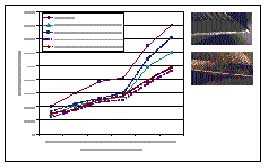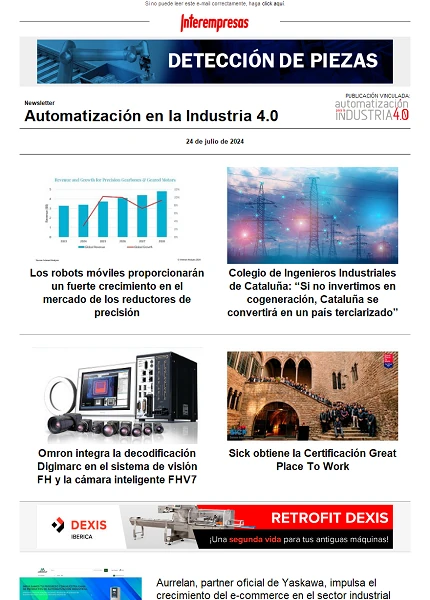This news article was originally written in Spanish. It has been automatically translated for your convenience. Reasonable efforts have been made to provide an accurate translation, however, no automated translation is perfect nor is it intended to replace a human translator. The original article in Spanish can be viewed at
Fresado a alta velocidad en seco y con mínima cantidad de lubricanteMachining
Milling at high speed dry and with minimum amount of lubricant
A. Celaya, S.Fraile, u. Bravo, a. Etxabarri, L.N. Lopez de Lacalle
Department of mechanical engineeringTechnique of industrial engineering school
c/Alameda de Urquijo s/n E-48013 Bilbao, Spain
e-mail: imaceega@bi.ehu.es tf: + 34-94-6017235
01/12/2002 1. Introduction
Due to economic, ecological and technical reasons, today you are trying to reduce the use of oils and cutting fluids. The first option is to use the machining dry, but in many cases this is impossible, due to the nature of the material to be machined. Many non ferrous alloys, and especially the aluminium, tend to adhere to the edges of the tool, giving rise to complex problems of poor cutting tools and favoring wear them during machining. In this case an option is the use of a lubrication/cooling system based on the injection of air pressure and small amounts of oil micropulverizado. This technique is called MQL (Minimun Quantity of Lubricant).
The work aims to study the foundations of the mechanized dry and with minimum amount of lubricant. Seeks to define in detail the dissemination mechanisms between cutting tools and piece, and other mechanisms of wear materials such as accession, abrasion, and fatigue due to thermal shock in aluminium alloys.
This form will generate a real knowledge of the behavior of the tools, as well as the influence of the conditions of court, speed, step forward and deep in the mechanisms of wear in dry cutting and with a minimum amount of lubricant.
2 Experimental
A centre of machining of high speed Kondia HS-1000 has been used for the testing (25. 000rpm, f: 10 m/min), torque-indicating Allen platform and a team of extent of wear, adhesion and inclusions of the tool.
Two commercial simulation by finite element packages have also been used: ADVANTEDGE and PAMFLOW.
3. Results and discussion
The comparison of the MQL cutting fluid with conventional (taladrina) shows how with the MQL Gets a lower wear. This result is a consequence that at high rotational speeds of conventional cutting fluid does not penetrate the cutting area.
4 Conclusions
This project shows how the technique of dry or with MQL machining is of great interest, with a decrease in the cost of machining to reduce the amount of used lubricant and to increase the life of the tools.
5 References
[1]F. Klocke, g. Eisenblätter, (1997) "Machinability Investigation of the Drilling Process Using Minimal Cooling Lubrication Techniques", Production Engineering, 1997, Vol. IV / 1, Q19-24
[2]Minekawa Hiroki, Inasaki Ichiro, 1998, Cutting with minimal quantity lubricant, Improving Machine Tool performance, Vol.II, San Sebastián, 1998.









